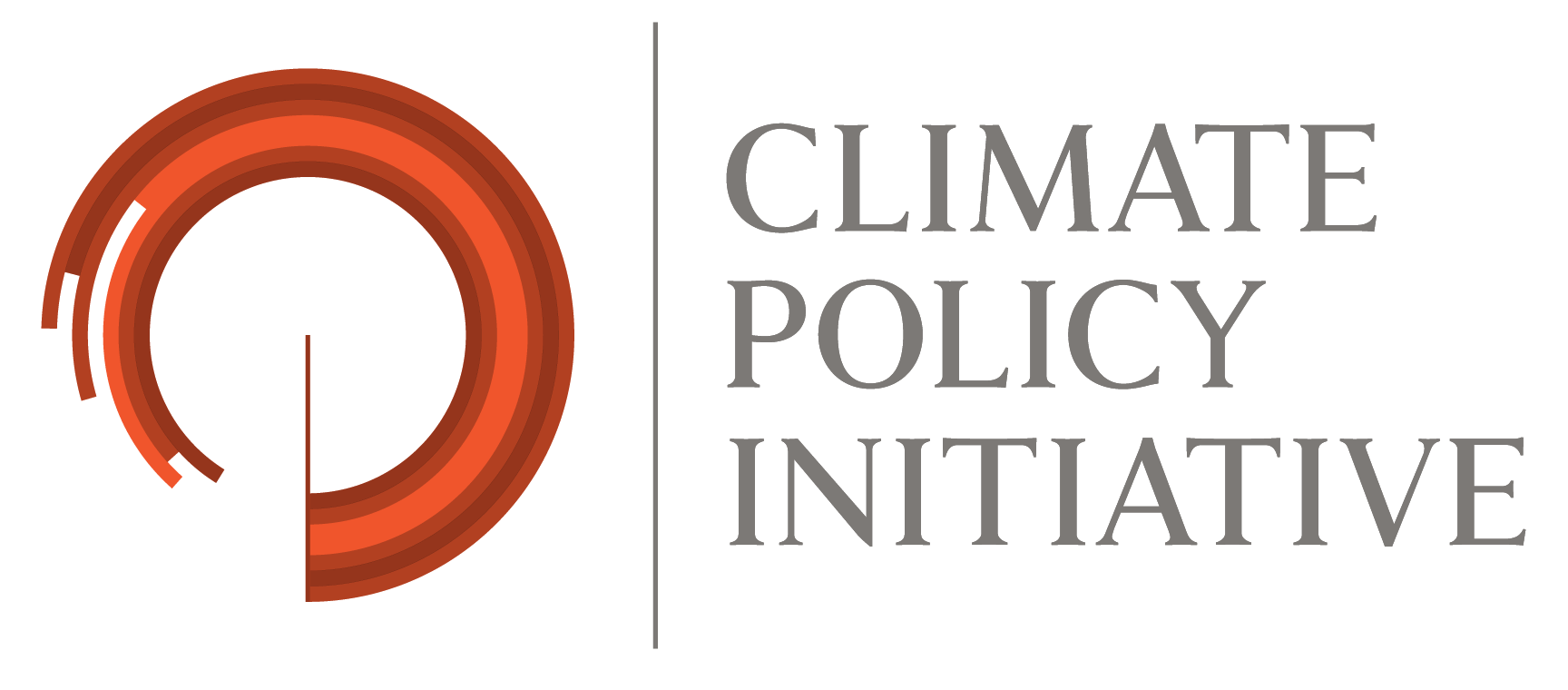- Sobre o CPI
- Regiões
- Temas
- Programas
- Publicações
FAQ
Where can I find the underlying methodology?
Our latest methodology document can be found here. It details CPI’s approach to aggregating bottom-up climate finance needs, including a full list of documents reviewed, data collection and standardization process, assumptions and limitations.
How should I interpret the data?
Do…
- Interpret needs estimates as those within the defined scope. The figures in the dashboard represent only the climate finance needs quantified within countries' Nationally Determined Contributions (NDCs) to date, not comprehensive needs across all planning documents for all countries.
- Consider the wide variation in data quality across countries. Keep in mind that the accuracy and refinement of needs estimates depend heavily on each country's institutional capacity, resources, and the methodologies used. Approaches and underlying assumptions vary significantly from one NDC to another.
- View results as a snapshot of current country ambitions rather than complete requirements. Understand that these estimates reflect what countries have currently quantified and committed to, providing insight into stated priorities and plans.
- Recognize these as baseline estimates that may be complemented by other sources. Be aware that many countries have established additional action plans with quantified needs in external documents (e.g., National Adaptation Plans, National Communications, sector strategies).
Do Not…
- Do not view as the total capital required for net zero alignment. Current NDC ambitions are insufficient to meet Paris Agreement goals. These estimates represent a lower bound. The actual capital required for a 1.5°C pathway is much greater in scale. To explore global, 1.5° C-aligned climate finance needs, visit the Top-down climate finance needs data dashboard.
- Do not interpret as total climate finance needs for all countries. These figures do not represent comprehensive global or national needs, as they exclude: (i) needs quantified in documents other than NDCs, and (ii) countries that have not quantified needs in their NDCs.
- Do not assume all estimates are equally robust or comparable. Given the wide variation in methodologies, institutional capacity, and resources across countries, estimates should not be treated as uniformly accurate or directly comparable without considering these differences.
- Do not overlook that these are country-driven estimates with inherent limitations. The quality of bottom-up needs estimations reflects the quality of underlying methodologies and assumptions used at the country level, which vary based on available expertise and resources.
How does this data differ from CPI’s top-down climate finance needs?
This dashboard displays data on climate finance required by countries to reach their national climate targets, or “bottom-up” climate finance needs. CPI’s Bottom-Up Climate Finance needs are derived from countries' own quantifications and action plans for achieving their specific climate commitment as stated in the Nationally Determined Contributions (NDCs).
In contrast, CPI's top-down needs estimates represent the climate finance required to fund the actions needed to keep the average global temperature rise within 1.5°C by the end of this century. Top-down needs are calculated using predictive models developed by various institutions for different sectors.
Top-down and bottom-up needs estimates each shed light on climate finance needs from a different perspective. Bottom-up needs take a country perspective, outlining governments' priorities as well as the domestic and international capital required to achieve national climate goals. Top-down needs, on the other hand, take a sectoral and technology-based perspective, outlining what would be technically required (and feasible) to put the world on a climate-compatible pathway.
At present, the cumulated commitments as per currently submitted NDCs are insufficient to align to a net zero pathway. As a result, bottom-up needs are materially lower than top-down needs. CPI's methodology and data on top-down needs are available here
In contrast, CPI's top-down needs estimates represent the climate finance required to fund the actions needed to keep the average global temperature rise within 1.5°C by the end of this century. Top-down needs are calculated using predictive models developed by various institutions for different sectors.
Top-down and bottom-up needs estimates each shed light on climate finance needs from a different perspective. Bottom-up needs take a country perspective, outlining governments' priorities as well as the domestic and international capital required to achieve national climate goals. Top-down needs, on the other hand, take a sectoral and technology-based perspective, outlining what would be technically required (and feasible) to put the world on a climate-compatible pathway.
At present, the cumulated commitments as per currently submitted NDCs are insufficient to align to a net zero pathway. As a result, bottom-up needs are materially lower than top-down needs. CPI's methodology and data on top-down needs are available here

